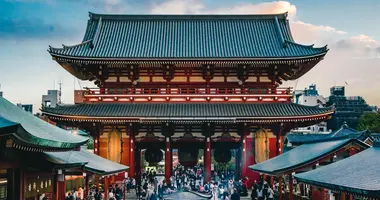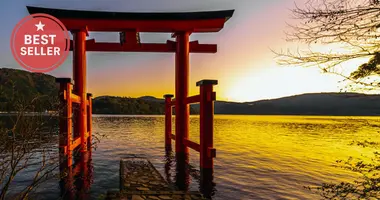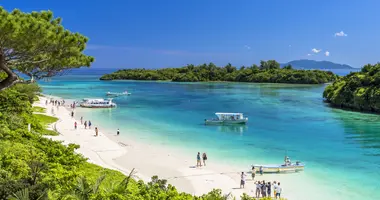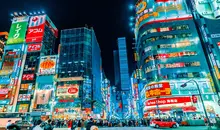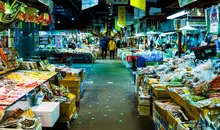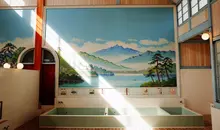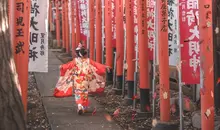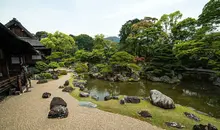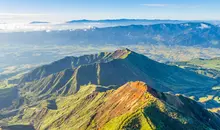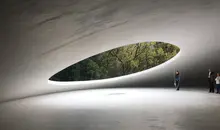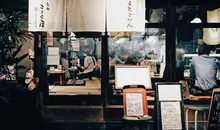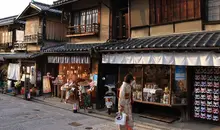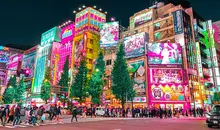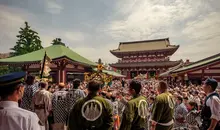Suwa Shrine Nagasaki: A cultural and historical landmark
- Published on : 02/02/2024
- by : Japan Experience
- Youtube
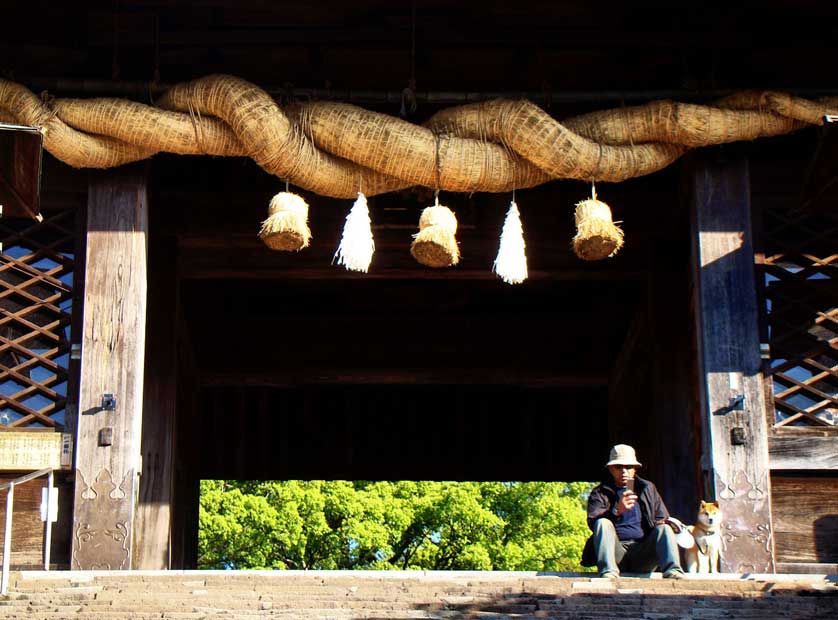
Shimenawa sacred rope at Suwa Shrine in Nagasaki
Nestled on the slopes of Mount Tamazono in Nagasaki, Suwa Shrine stands as a testament to Japan's rich cultural heritage and tumultuous history. This major Shinto shrine, with its iconic 277-step stone staircase, has been a centerpiece of Nagasaki's religious and cultural life for over 400 years. From its founding in the early 17th century to its survival of the atomic bombing in 1945, Suwa Shrine has witnessed and weathered significant events in Japanese history. Today, it continues to be a vibrant center of community life, hosting important festivals and serving as a popular destination for both locals and tourists seeking to experience the essence of traditional Japanese spirituality and culture.
The historical significance of Suwa Shrine in Nagasaki
The history of Suwa Shrine is deeply intertwined with the religious and political dynamics of 17th century Japan. Officially established in 1614, the same year as Tokugawa Ieyasu's Edict against Christianity, the shrine was conceived as a strategic measure to counteract the spread of Christianity in Nagasaki. At the time, Nagasaki had the largest Christian population in Japan, and many Buddhist temples and Shinto shrines had been destroyed during the previous century.
The Tokugawa Shogunate, having reversed its previously tolerant stance towards Christianity, saw the establishment of Suwa Shrine as a way to reassert traditional Japanese religious practices and create a focal point for community worship. The shrine's construction was part of a broader effort to force Christians to reconvert to Buddhism and Shinto.
In 1623, Aoki Kensei, a Shugendō priest, arrived in Nagasaki and played a crucial role in the shrine's development. With support from the bakufu and local authorities, and armed with authority from the Yoshida Shinto council, Aoki oversaw the completion of the main shrine structure in 1626. To attract attention and encourage attendance, dramatic rituals such as the yutate-sai, where priests plunged their hands into boiling water unharmed, were performed.
The shrine's importance grew over time. In 1634, an edict was issued requiring all residents to register at the shrine, a measure designed to identify hidden Christians. The shrine was relocated twice, in 1647 and 1683, moving further up the mountain slope. From 1871 to 1946, Suwa Shrine was officially designated as one of the kokuhei-chūsha, placing it among the mid-ranking national shrines.
Architecture and layout of Suwa Shrine
Suwa Shrine's architecture reflects traditional Shinto design, adapted to its unique hillside location. The shrine complex is approached via a monumental stone staircase of 277 steps, which not only serves a practical purpose but also creates a sense of ascension towards the sacred space.
At the entrance to the shrine grounds, visitors encounter several torii gates, traditional markers of the transition from the secular to the sacred realm. These gates are typically made of wood or stone and painted a vibrant vermilion color.
The shrine complex consists of several buildings, including:
- The Haiden (worship hall): This is where visitors offer prayers and make offerings.
- The Honden (main sanctuary): This innermost structure houses the shrine's kami (deity).
- The Kagura-den: A stage for sacred dance performances.
- Various auxiliary buildings for administrative purposes and storage of ritual implements.
One of the most distinctive features of Suwa Shrine is its collection of komainu (guardian lion-dogs). These komainu are particularly diverse in style, with some having unique properties attributed to them, such as the "money-doubling lion" and the famous "Stop Lions".
In 1984, the shrine underwent a significant renovation that modernized some aspects of its facilities, including the installation of air conditioning and glass windows. While controversial at the time, these updates have allowed the shrine to better serve its community in the modern era.
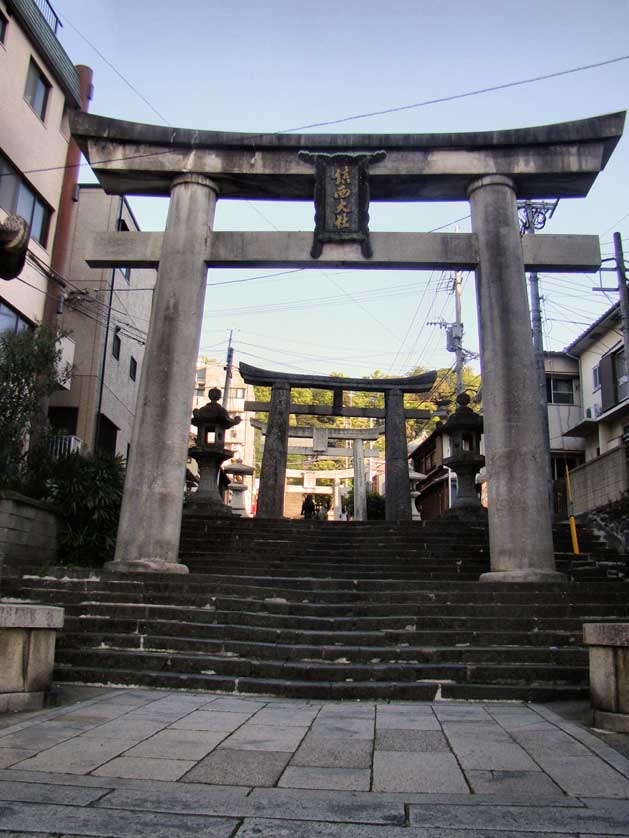
Torii gates leading to Suwa Shrine in Nagasaki
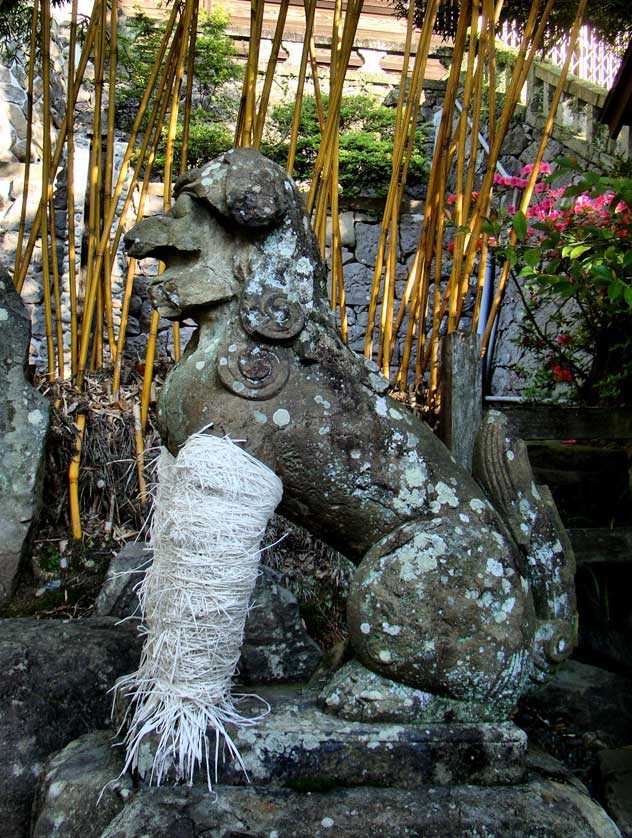
Stop Lion at Suwa Shrine
Major festivals and events at Suwa Shrine
Suwa Shrine hosts numerous festivals throughout the year, but the most famous and significant is undoubtedly the Nagasaki Kunchi Festival. This vibrant celebration, held annually from October 7th to 9th, is one of Japan's major festivals and has been designated as an Important Intangible Cultural Asset.
The Kunchi Festival originated in the early days of the shrine's establishment, serving both to demonstrate the shrine's importance in the community and as a means to identify hidden Christians who would not participate. Today, it has evolved into a spectacular showcase of Nagasaki's unique cultural heritage, blending Japanese traditions with influences from China, the Netherlands, and Portugal.
Key features of the Kunchi Festival include:
- Dance and show performances by groups representing various city districts
- The Chinese-influenced Dragon Dance, featuring a large dragon puppet controlled by dancers
- Processions with large floats, many shaped like ships to represent Nagasaki's maritime history
- Traditional Japanese dances and performances
Other significant events at Suwa Shrine include:
- The Atomic Bomb Commemorative Service on August 9th, a unique event that combines elements of Shinto, Buddhist, and Christian worship
- The Doll's Festival on March 3rd, which features a procession of young women in antique kimono
- The Yutate-sai ritual, a theatrical performance where priests demonstrate their communion with the kami
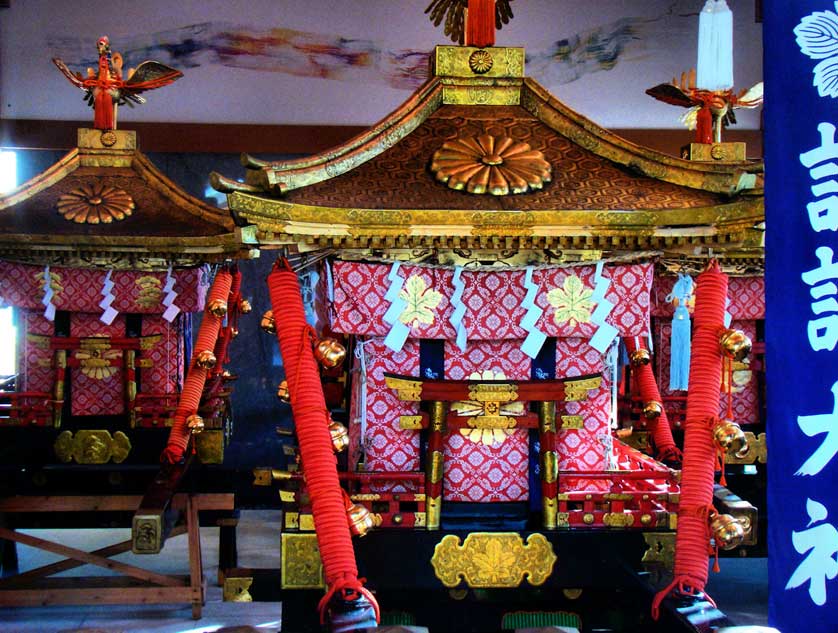
Mikoshi portable shrines at Suwa Shrine, Nagasaki
Unique features and traditions of Suwa Shrine
Suwa Shrine boasts several unique features that set it apart from other Shinto shrines in Japan. One of the most notable is the presence of the "Stop Lions". These are two stone-carved guardian lions with a special tradition associated with them. It is believed that if one wishes to stop a particular behavior, such as gambling, drinking, or smoking, they should tie a piece of paper or string around the lion's front legs and pray for assistance.
Another unique aspect of Suwa Shrine is its historical connection to the suppression of Christianity in Nagasaki. This is reflected in some of its traditions, such as the mandatory registration of residents at the shrine in the past, which was used to identify hidden Christians.
The shrine is also known for its diverse collection of komainu (guardian lion-dogs), including the "money-doubling lion" which is said to double any money washed in the water coming from its mouth.
Suwa Shrine was also a pioneer in offering omikuji (fortune-telling paper slips) in English, making it more accessible to foreign visitors and reflecting Nagasaki's historical role as a point of cultural exchange.
The role of Suwa Shrine in modern Nagasaki
In contemporary Nagasaki, Suwa Shrine continues to play a vital role in the city's cultural and spiritual life. It serves as a focal point for community gatherings and traditional celebrations, helping to preserve and transmit Japanese cultural heritage to new generations.
The shrine is a popular destination for various life events and rituals. Many locals visit the shrine for:
- Shichi-Go-San celebrations for children aged 3, 5, and 7
- Coming-of-age day ceremonies for young adults turning 20
- Prayers for success in business, studies, or personal matters
- New Year visits (hatsumode) to pray for good fortune in the coming year
Suwa Shrine also plays a significant role in Nagasaki's tourism industry. Its historical significance, architectural beauty, and the famous Kunchi Festival attract visitors from across Japan and around the world. This helps to support the local economy and promotes cultural exchange.
Moreover, the shrine has taken on a symbolic role in Nagasaki's post-war identity. Its survival of the atomic bombing in 1945 has been seen by many as a powerful symbol of resilience and continuity. The shrine's priests played an active role in the city's rebuilding efforts, including purification rituals for the bombed areas.
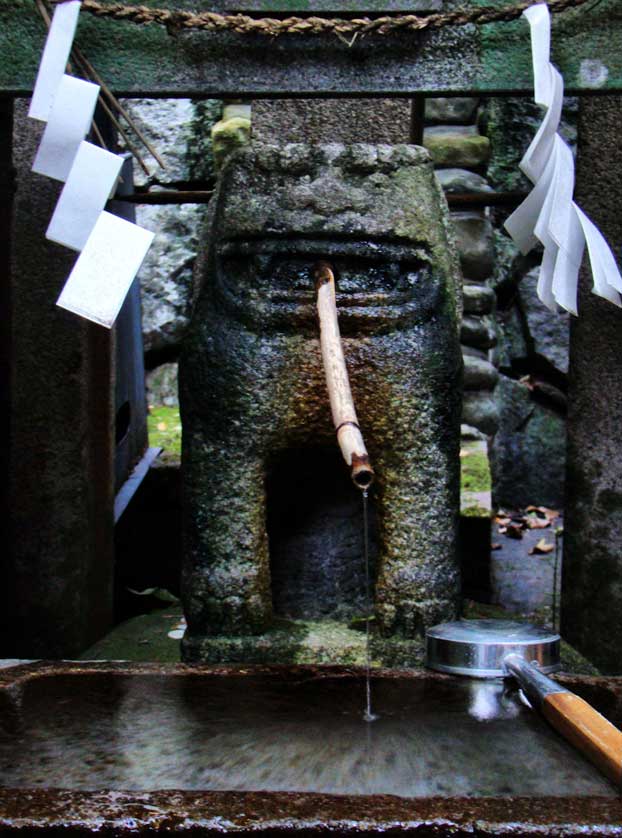
Chozuya at Suwa Shrine
Visiting Suwa Shrine: Practical information and tips
For those planning to visit Suwa Shrine, here are some practical tips and information:
Location and Access: Suwa Shrine is located at 18-15 Kaminishiyamamachi, Nagasaki, Nagasaki Prefecture 850-0006. The shrine is best reached from the Suwajinja-mae stop on lines 3, 4, and 5 of the Nagasaki streetcar system.
Climbing the stairs: Be prepared for a climb of 277 steps to reach the main shrine area. While challenging, the ascent offers beautiful views of Nagasaki and is part of the shrine experience.
Etiquette: As with all Japan Temples & Shrines, visitors should observe proper etiquette:
- Bow slightly when passing through the torii gates
- Cleanse your hands and mouth at the purification fountain (temizuya) before approaching the main hall
- When praying, bow twice, clap twice, make your prayer, then bow once more
Best time to visit: While the shrine is beautiful year-round, visiting during the Kunchi Festival (October 7-9) offers a unique cultural experience. However, be prepared for large crowds during this time.
Photography: Photography is generally allowed in the outer areas of the shrine, but be respectful and avoid taking photos during ceremonies or of people praying.
Suwa Shrine's connection to other Suwa shrines in Japan
Suwa Shrine in Nagasaki is part of a larger network of Suwa shrines across Japan, all of which are dedicated to Suwa-no-Kami, a kami (deity) of valor and duty. These shrines trace their origins back to the Suwa Taisha(Suwa Grand Shrine) in Nagano Prefecture, which is considered the head shrine of Suwa worship.
The Suwa shrines share several common characteristics:
- Worship of Suwa-no-Kami as the principal deity
- Historical connections to hunting and warfare
- Often associated with local ruling clans in their respective regions
However, Suwa Shrine in Nagasaki has developed its own unique identity and traditions over the centuries, influenced by Nagasaki's distinctive history as a port city and point of cultural exchange. The Kunchi Festival, for instance, is a uniquely Nagasaki tradition that reflects the city's multicultural heritage.
While maintaining its connections to the broader Suwa shrine network, Nagasaki's Suwa Shrine stands out for its role in the city's Christian history, its survival of the atomic bombing, and its incorporation of international elements in its festivals. These factors have made it not just a local spiritual center, but a symbol of Nagasaki's resilience and cultural diversity.
For those interested in deepening their understanding of Japanese spiritual traditions, visiting multiple Suwa shrines across Japan can provide fascinating insights into how a single deity's worship can evolve and adapt to local contexts. From the grand Nikko Tōshō-gū to the humble local Suwa shrines, each offers a unique window into Japan's rich spiritual landscape.
